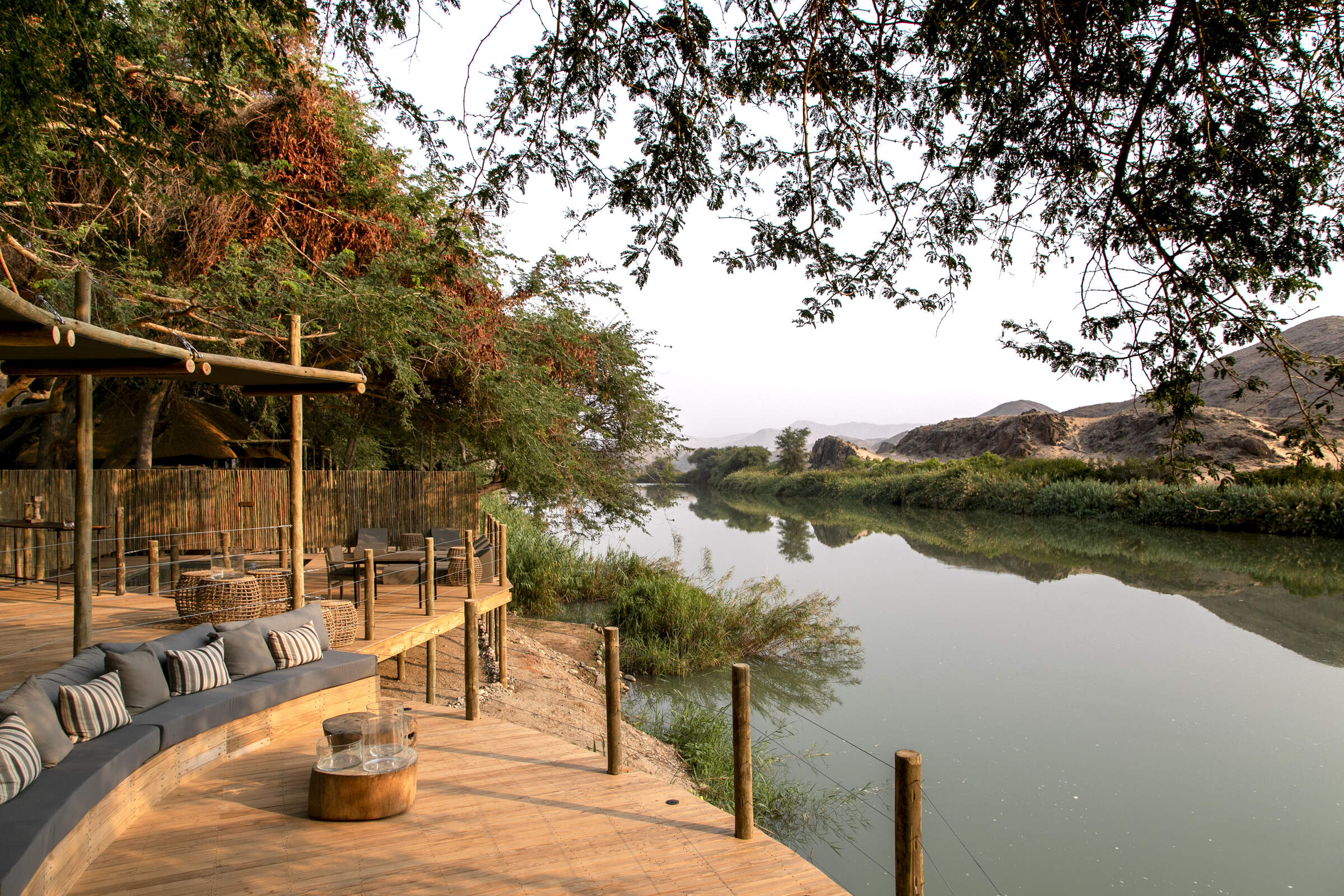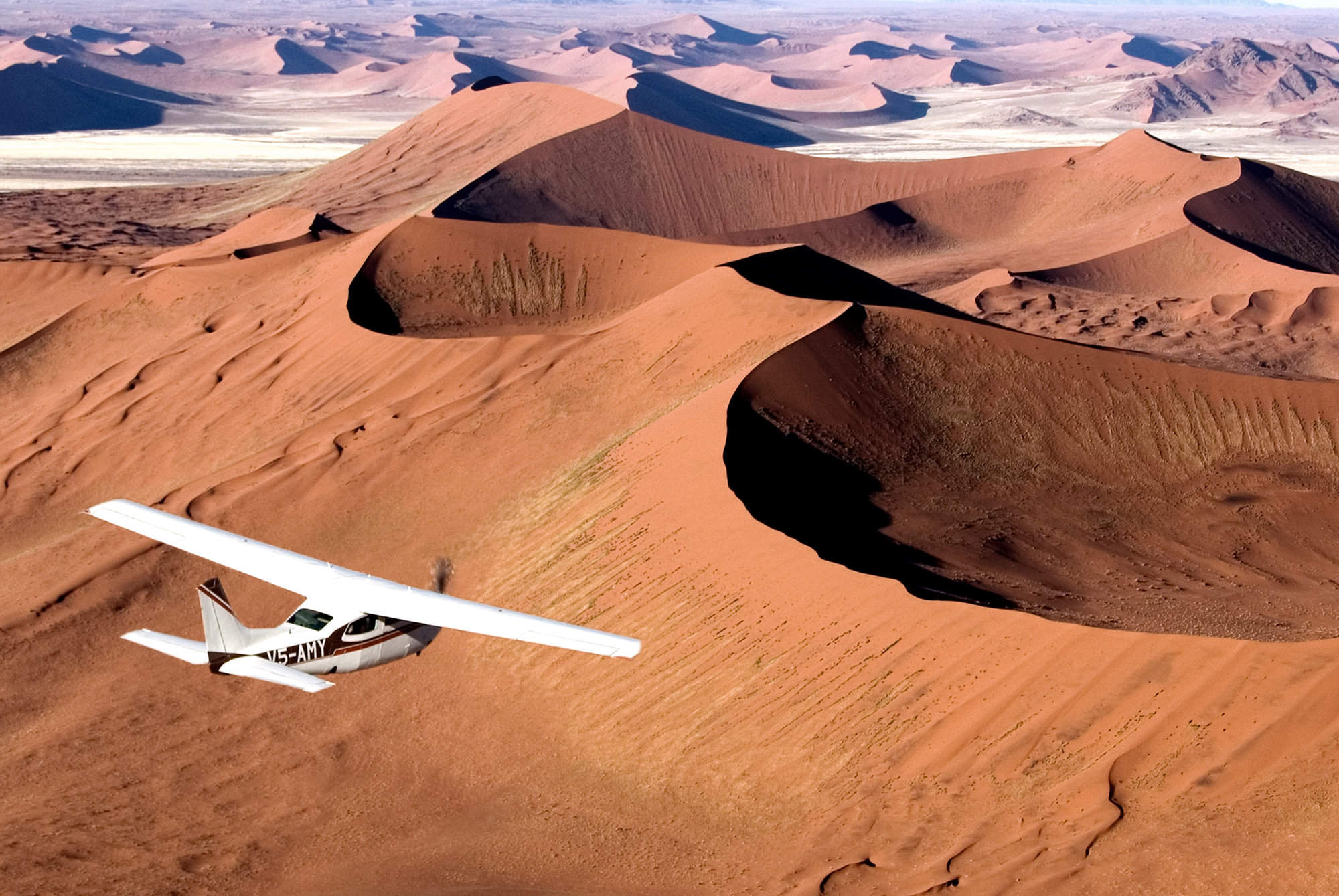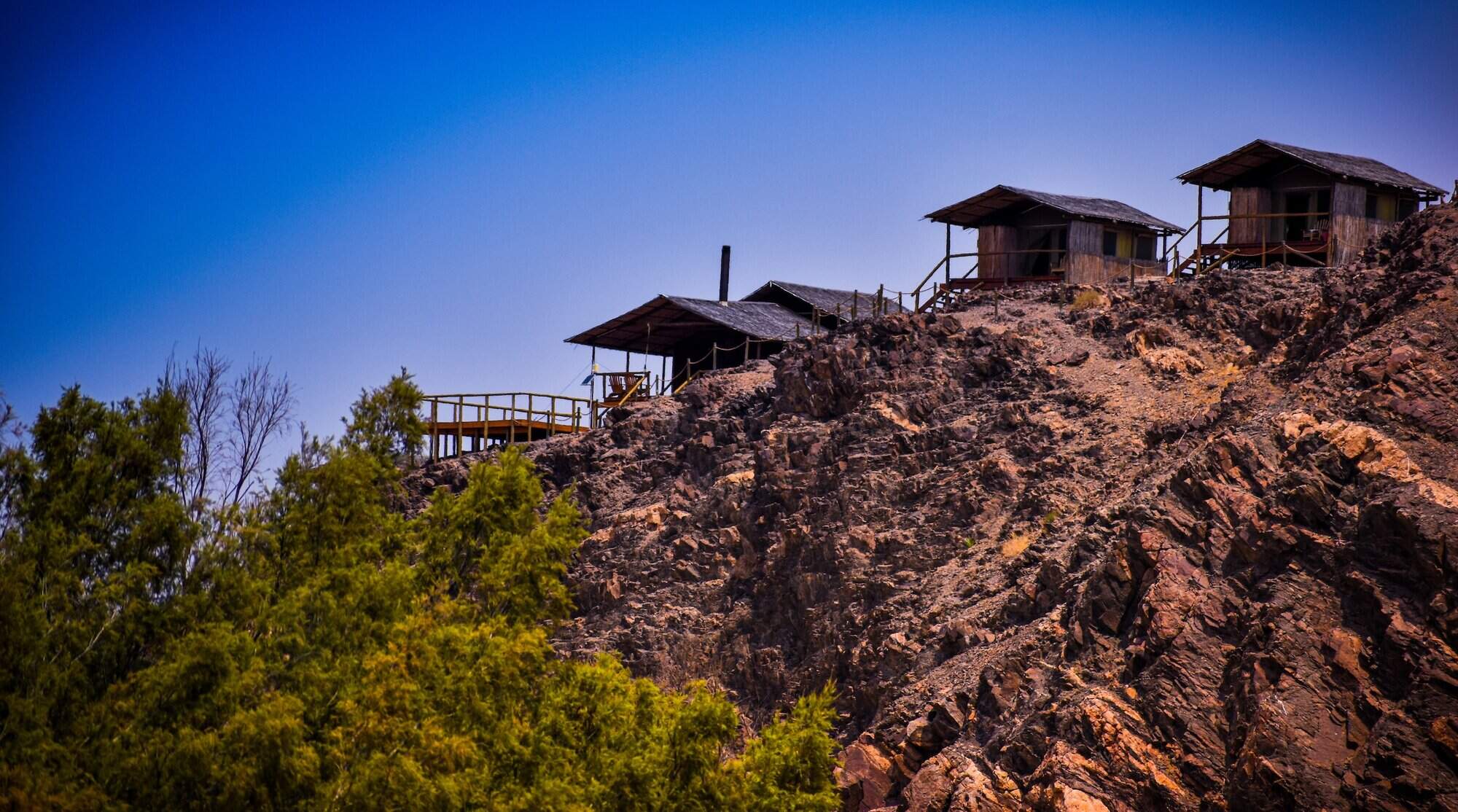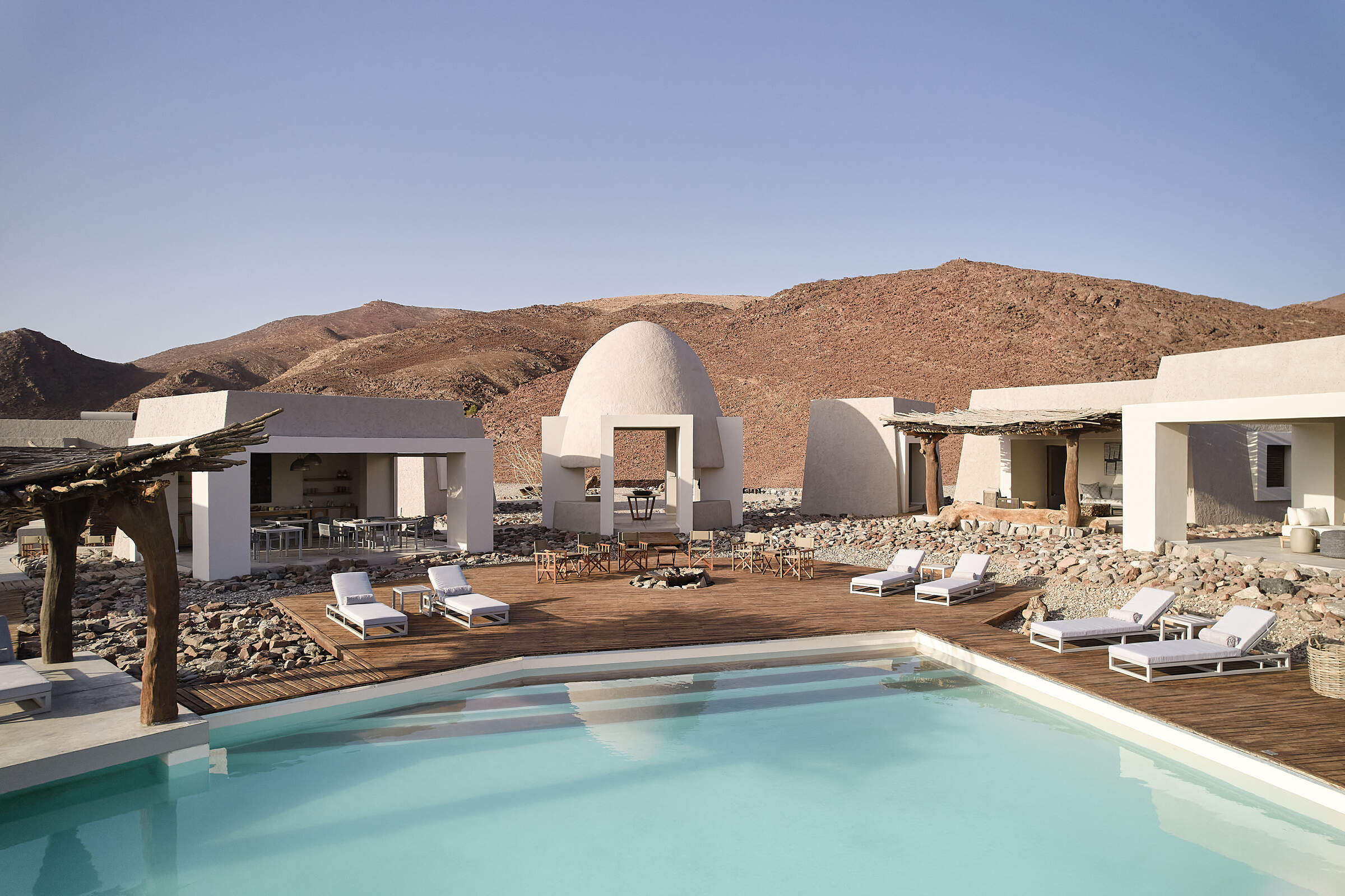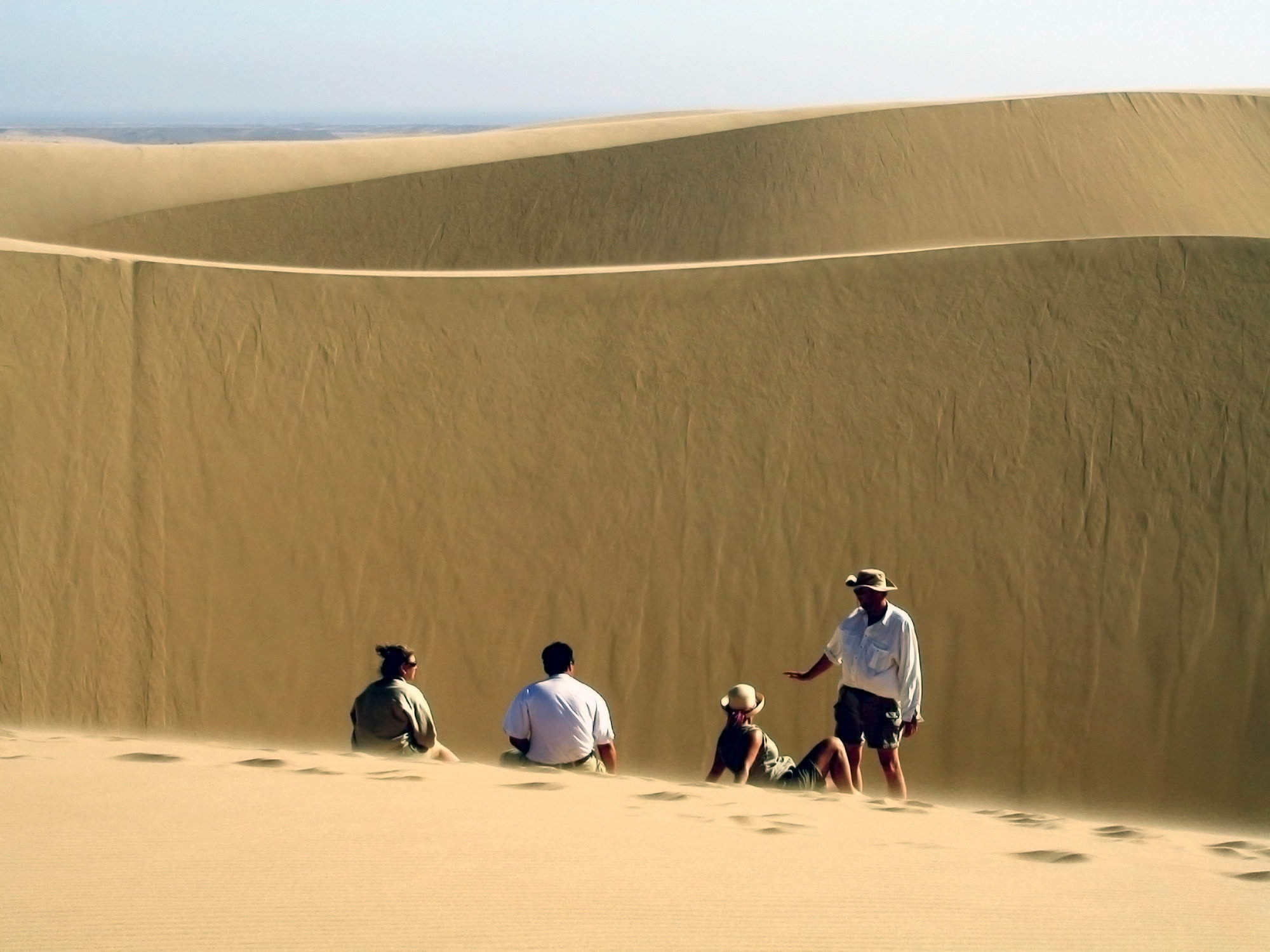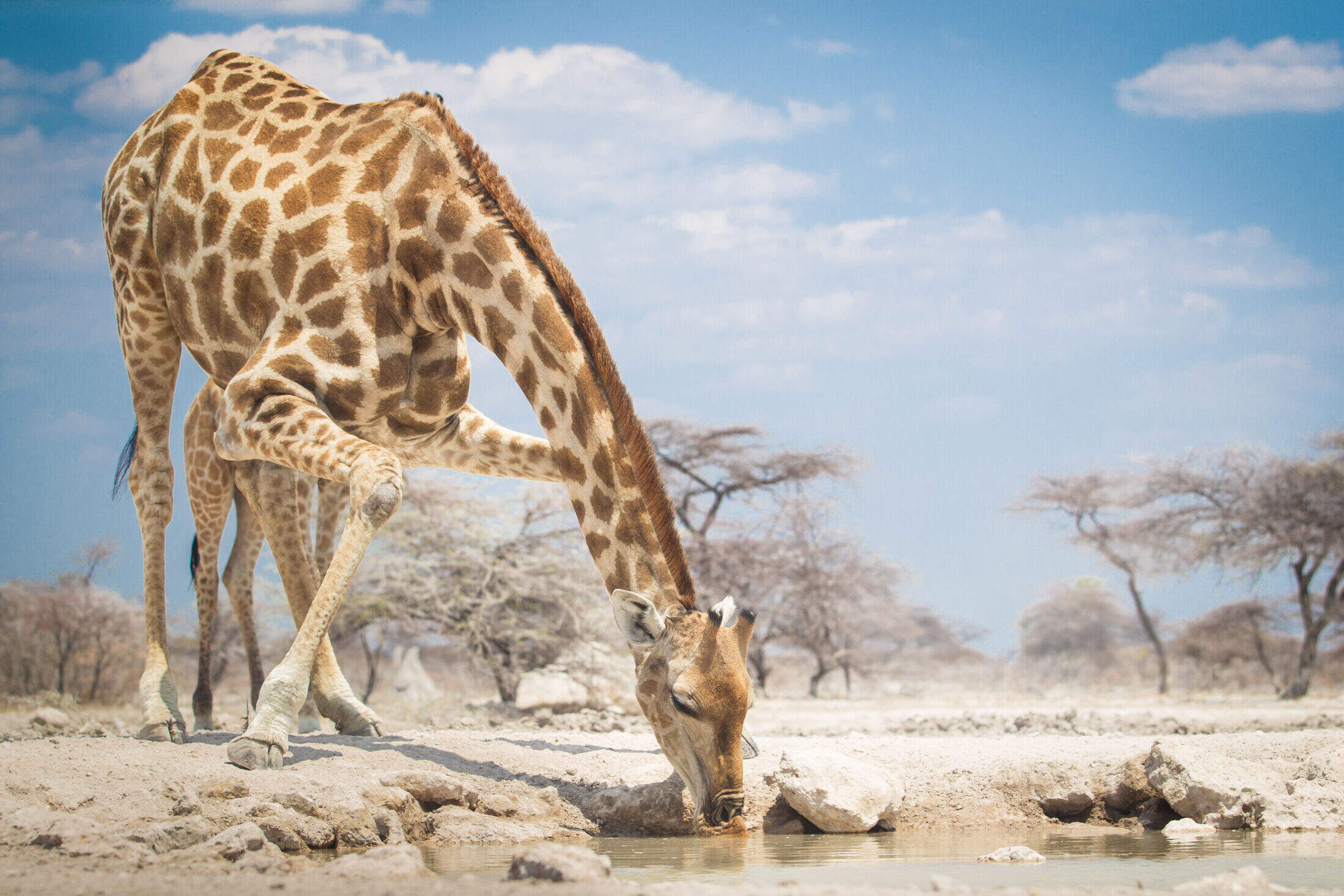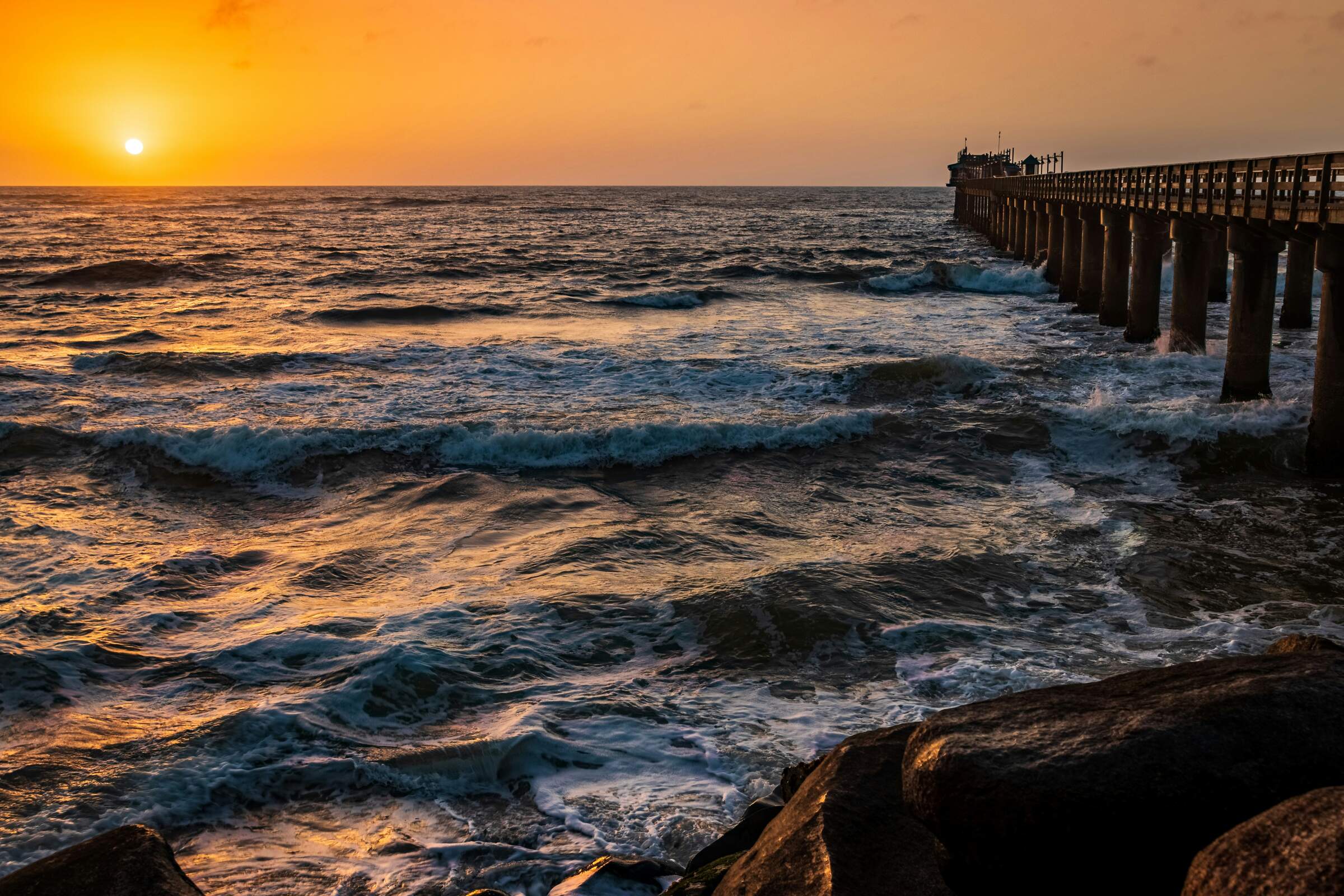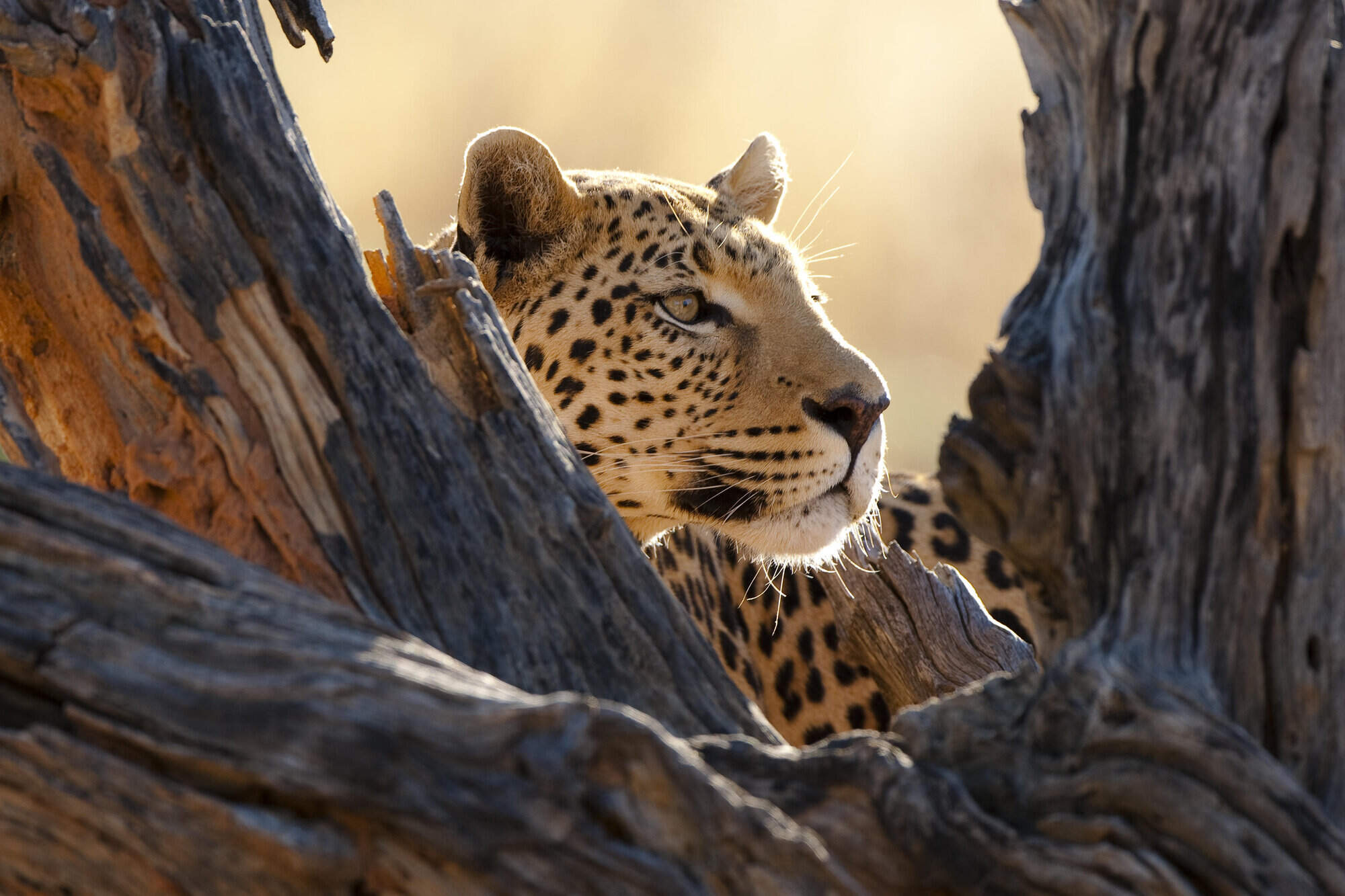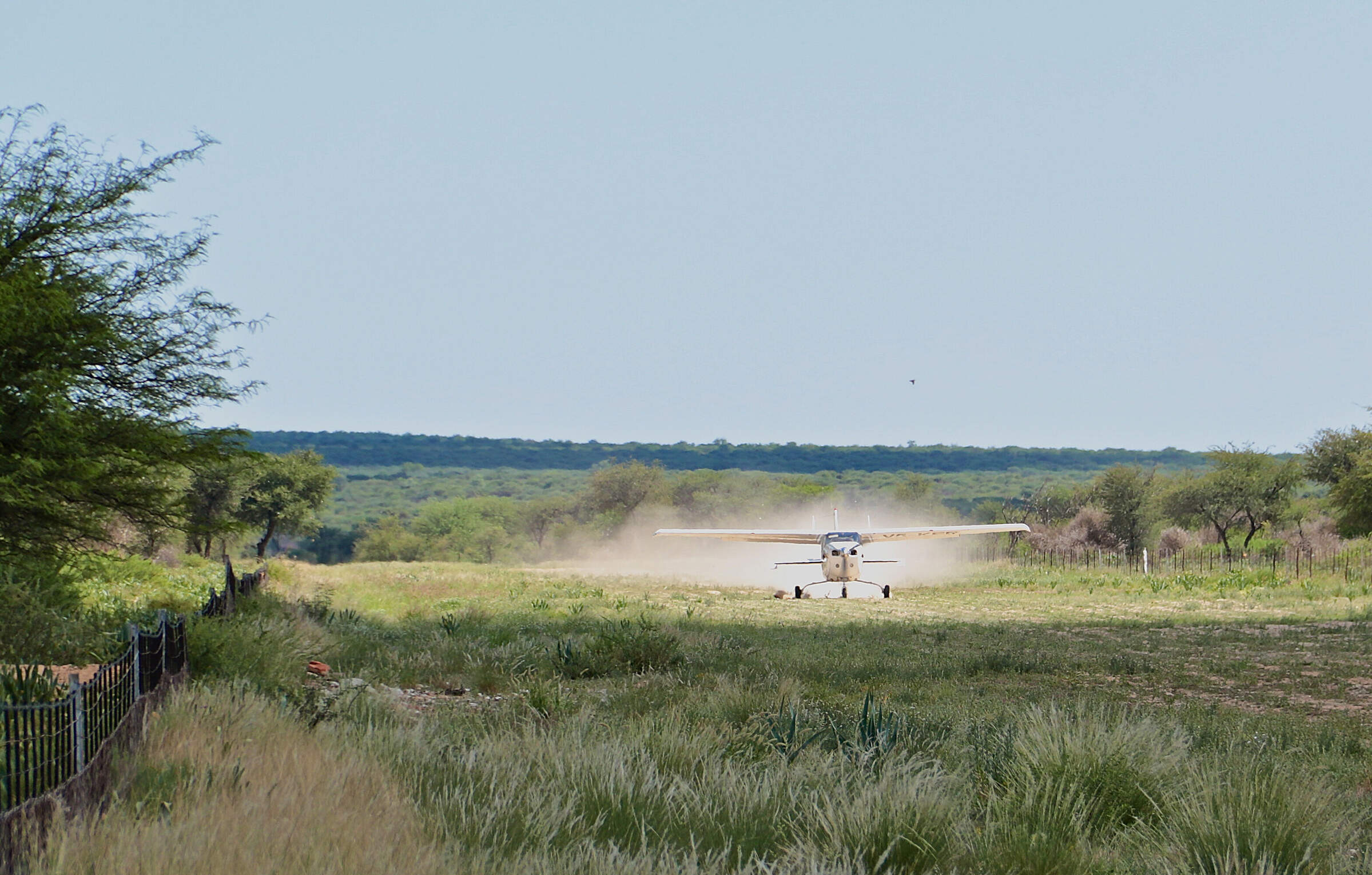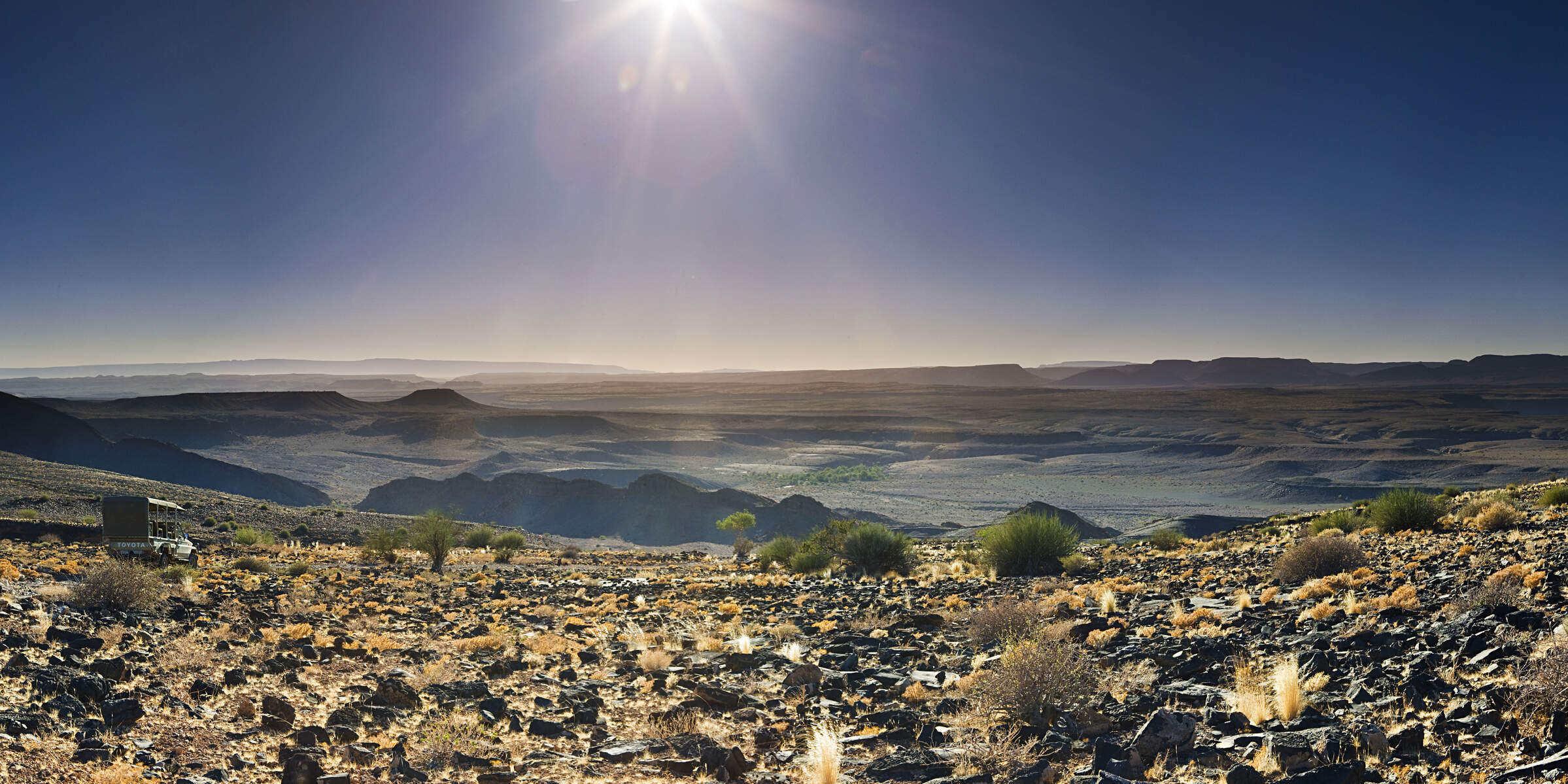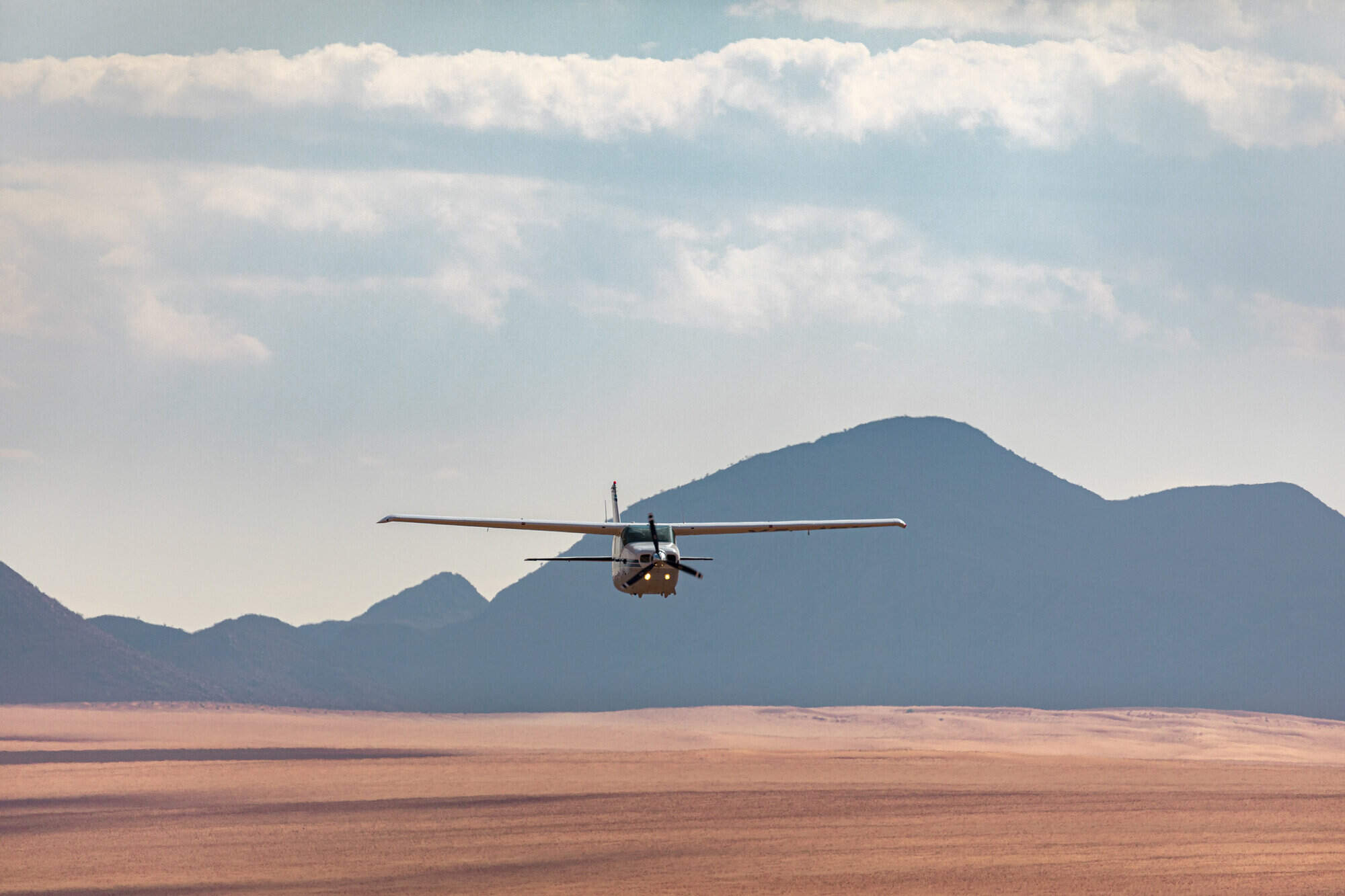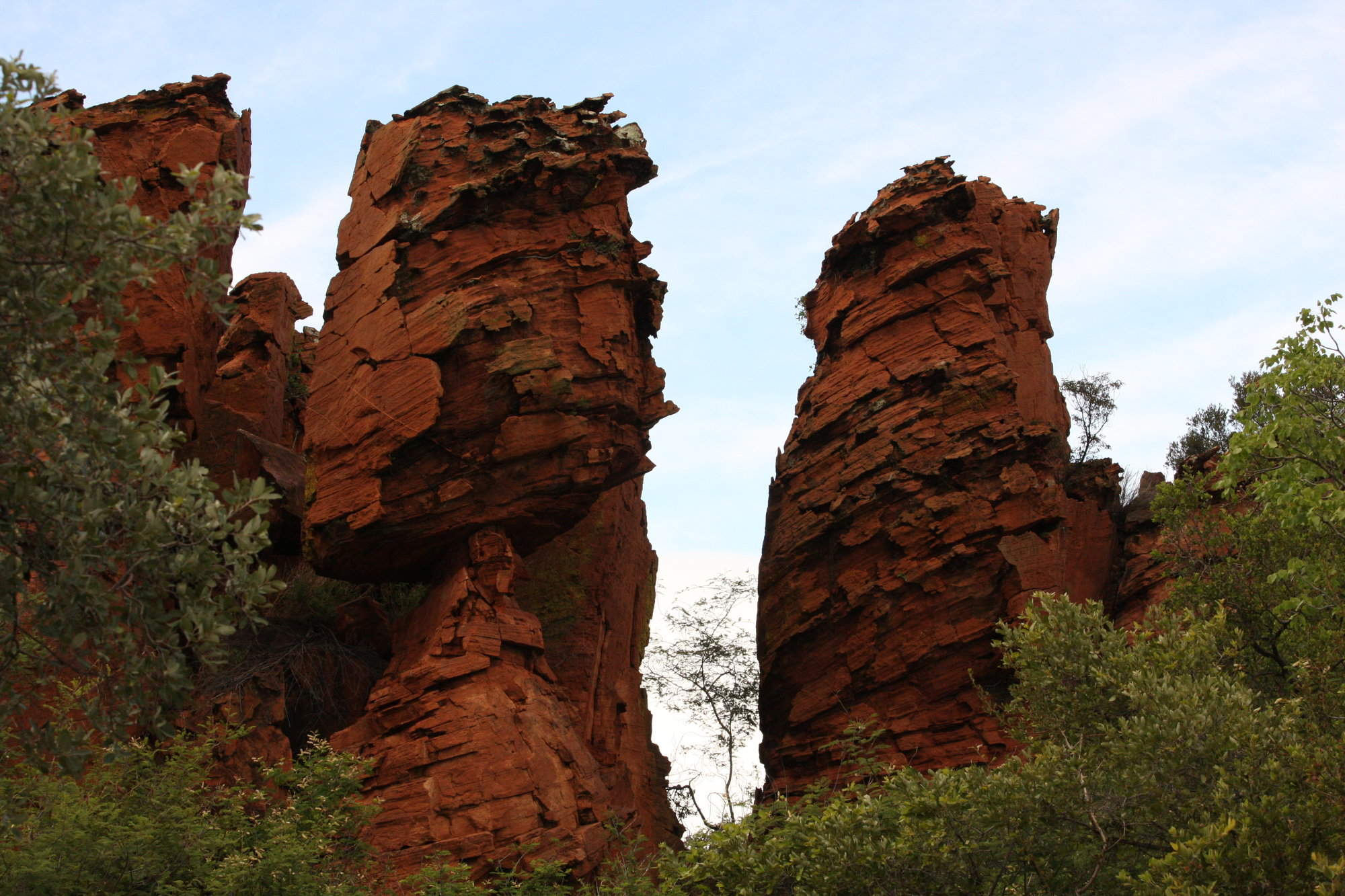Hoanib Skeleton Coast Camp: Our full report
Opened in August 2014, Hoanib Skeleton Coast Camp is a beautiful camp in a very remote location of northern ...
... Damaraland, about 1km outside the boundary of the Skeleton Coast National Park. Built in a private concession, or reserve, close to the ephemeral Hoanib River, it is surrounded by gravel plains, mountains and large yellow sand dunes. It is viewed as a successor to the Skeleton Coast Camp, which closed a few years ago.Hoanib (meaning ‘place of elephants’) is very different in design from any other camp in Namibia, with a chic feel that is quite removed from the traditional safari-style camp. That said, the main focus here is firmly on the experience and activities rather than on the camp itself.
There are eight modern, stylish suites at Hoanib Skeleton Coast Camp, seven of them standard twin or double rooms, and one a family unit. All the suites have a distinctive and innovative design that makes use of natural light through floor-to-ceiling glass windows in the main bedroom space. Airflow is maximised by panels both large and small within the canvas walls, which can be opened to allow a breeze to flow through the whole room. This really helps to cool things down and maintain a comfortable temperature when it is very hot outside. In addition, the suites are constructed from a double layer of canvas, which helps to keep the rooms cool in the summer heat and to provide insulation during the colder winter months.
The décor of the suites oozes style and has a very modern feel (as does the whole lodge). The bedroom and bathroom are decorated in muted desert tones and have a minimalist, contemporary design, with polished concrete floors that are covered in the bedroom by a large neutral-coloured sisal mat. Natural light wood features in everything from walls to the large writing desks, where you’ll find a tea/coffee station and a water flask on request.
Facing the full-length windows, with stunning views, the beds have white bedside tables and reading lamps integrated into the headboard, all surrounded by a mosquito net that makes it feel spacious and roomy. Two open-sided closet areas combine to give plenty of hanging space, and housing for a digital safe, insect repellent and bug sprays, small hanging canvas shelves, extra blankets etc. There are plenty of plug points around the room incorporating most pin styles.
Separating the bedroom from the bathroom is a massive floor-to-ceiling mirror. The bathroom itself has twin stone basins mounted on a large wooded unit beneath circular mirrors, and a large ‘rain shower’, both boasting a full complement of toiletries including shampoo, conditioner, shower gel and body lotion. There is a separate toilet off the bathroom.
Outside is a veranda with shaded lounge area incorporating comfortable seating, ‘tree stump’ coffee tables, plus a small table with chairs. There is also a fridge where you can help yourself to a cold drink while you take in the views.
The family unit is similar in construction and design, but has two bedrooms, separated by a shared lounge area, and can accommodate a maximum of four guests.
The main areas at Hoanib Camp includes a dining room, inside and outside lounge areas, a bar and a long, narrow plunge pool. With the same double canvas structure as the suites and comfortable yet stylish interior and furnishings, it exudes an air of luxury.
The lounge extends out into the open and has several areas with large sofas where you can relax and unwind. The dining area, with simple wooden tables and white ‘nest’ design chairs, could be viewed as minimalist, but others might find it rather clinical and lacking in warmth and atmosphere. Guests are normally seated individually, though staff are more than happy to provide group dining on request. There is also a bar area, decorated with wovens baskets and ornamental plates, where afternoon tea is laid out and refreshing cool drinks are served in the evening. Pre- and post-dinner drinks can also be enjoyed around the campfire, but do note that the fire is not lit in the mornings in order to preserve firewood in an area that lacks such resources.
To the side of camp is a small, narrow pool with a few sunloungers, which offers respite from the desert heat in the summer months.
Due to the remote nature of the camp we cannot visit as often as some of the more accessible camps, but on our last visit in March 2015 we found the guiding of a very high standard, the management very strong, and the staff friendly and helpful.
The scenery in this area of the Namib Desert is impressive – stark, rugged beauty traversed by a linear oasis that is the ephemeral Hoanib River. Early morning fog created by the cold Benguela Current originating in the Antarctic, meeting with the hot desert air as it drifts inland, provides much-needed water for the flora in this region, while subterranean water, plus some springs, ensure that vegetation grows along the river course. The river itself flows only when heavy rains hit its catchment area.
This water and food supply, in turn, attract the desert wildlife that lives in this region. This includes a relatively large number of desert-adapted elephant, plus lion, giraffe, and plains game such as Hartmann's mountain zebra, gemsbok and springbok. We even got to see an elusive brown hyena one morning at sunrise as it skulked away for its daytime sleep. There is also some good birding in the area – including eagles, buzzards and flamingoes. Hence Hoanib Camp offers a really special wildlife experience in this harsh environment.
Much has been written about a pride of desert lions from this area, affectionately known as the ‘musketeers’ from the film Vanishing Kings. We were incredibly lucky to see four of the five lions lazing around in the Hoanib River eyeing up passing prey. However, in June 2016 one of the lions was shot after coming into conflict with local pastoralists, and when the remaining four went on to kill more livestock over the next couple of months, the human–lion conflict became unmanageable. The Desert Lion Conservation Foundation, headed by Dr Flip Stander, decided to relocate the lions, but tragically three of the remaining four were poisoned just before they were due to be moved. The sole remaining male was darted and relocated to the Uniab River delta, south of the Hoanib area. Although other lions survive in the vast area east and south of the camp, sightings may now be far less frequent than before.
Activities from Hoanib Skeleton Coast Camp include morning and afternoon 4WD drives – either scenic or for wildlife viewing; nature walks where you can learn close up about the smaller animals and insects as plants, and full-day trips to Klein Oase, and Auses and Mudorib springs (which attract desert-adapted elephant and plenty of birds). Because it can get pretty cold in this area, all drives are taken in closed eight-seater 4WDs with a pop-top roof.
The camp’s proximity to the Skeleton Coast National Park affords guests great access to this remote and inhospitable part of Namibia. Very few people get to visit this unique park, an area of vast dunes fields, gravel plains with delicate lichen fields, windswept beaches, Cape fur seals and remnants of shipwrecks, and Hoanib Skeleton Coast Camp is the very best base from which to explore.
Included in a stay of three nights or more is an excursion to the coast, which is a real highlight. Typically you’ll travel by 4WD down the Hoanib River and on into a previously restricted area of the Hoanib floodplains, within the Skeleton Coast National Park. We had two separate encounters with elephant during this part of the journey and had a super time watching them go about their life in this extremely tough environment. You then continue over the vast dune fields (and perhaps get to play around on the roaring dunes as we did) and past Klein Oasis, before reaching the Skeleton Coast itself at Möwe Bay, with its rocky coastline and resident Cape fur seal colony. There is also the opportunity to visit the very small but interesting ‘museum’, which houses bones and skulls of many marine animals, and to investigate remnants of a shipwreck or two down by the sea. We finished with a rather windswept but tasty lunch on the stony beach before taking a short (about 15 minutes) but spectacular scenic flight back to camp at around 2.00pm.
Given the harsh conditions that prevail in this area, from heat and high winds to fog rolling in from the sea and flooding rivers, the format of these excursions is finalised in camp by the manager and pilot, safety and overall comfort being the major criteria. On occasion, guests may be driven both ways or – when it rains and the floodplains fill with water – flown both ways. In this latter case, departure from camp will be at 10.00am (against 6.00am when driving) to allow time for the fog to clear; you still get the same amount of time at the coast. The return to camp from Möwe Bay remains the same.
On a practical note, do be aware that the drive to the coast can take around 4–6 hours, depending on what you see and do along the way. Although you are usually are back in camp by mid afternoon, it is still quite a long day, and even longer if you have to drive back.
Our view
Hoanib isn’t for the budget conscious, but we think that the truly remote location, the chance to spend time in the Skeleton Coast National Park, and a scattering of really interesting desert-adapted wildlife combine to make it worth the money. Come for these rather than for the camp itself, no matter how stylish. But don’t expect a parade of animals – this is a tough environment in which to eke out an existence.
Geographics
- Location
- Skeleton Coast & Kaokoland, Namibia
- Ideal length of stay
- Three nights
- Directions
- Hoanib Camp is accessible only by light aircraft transfer from Doro Nawas. Travellers on a self-drive trip through Namibia will need to park their vehicle at Doro Nawas and then fly in to Hoanib.
- Accessible by
- Fly-and-Transfer
Food & drink
- Usual board basis
- Full Board & Activities
- Food quality
- When we last visited in March 2015, the food at Hoanib Camp was delicious. By safari standards some commented that the portion sizes for lunch and dinner were somewhat small, but we found them to be absolutely fine. We understand that the team here are trying to move away from the rather over-indulgent excesses that can be found in many safari camps across Africa.
For breakfast, guests can choose from a buffet that includes a selection of cereals, yoghurt, fresh fruits, cold meats, cheese, freshly baked warm muffins and bread, with juice, tea and coffee to drink. A hot breakfast of eggs, bacon, fried tomatoes, mushrooms and toast can also be served, cooked to order.
A light lunch is served when in camp, which on our last visit was vegetarian mini pizza served with sweet potato chips and a green salad. If this didn’t appeal there was an alternative option of ham or cheese sandwiches.
On the day excursion to the coast, a picnic lunch is provided which on our trip included chicken drumsticks cooked in a tasty marinade, pasta salad, mixed salad with feta and a selection of other cold dishes.
For afternoon tea we had a delicious apple strudel and mini quiches.
Dinner includes three courses; we were served butternut soup, followed by a choice between a wonderfully tender oryx steak and pork loin wrapped in bacon, both accompanied by couscous with red cabbage and broccoli, and for pudding we had cheesecake with fruit compote. - Dining style
- Mixture of group dining and individual tables
- Dining locations
- Indoor and Outdoor Dining
- Further dining info, including room service
- Room service is available on request.
- Drinks included
- Beers, house wine, local spirits and soft drinks are included. Please note that champagne, imported wines or premium brands spirits are offered at an additional cost.
Special interests
- Photography holidays
- With scenery ranging from rugged mountains to rolling sand dunes and the Skeleton Coast, Hoanib Camp offers a spectacular opportunity for landscape photographers in Namibia.
- See ideas for Photography holidays in Namibia
- Wildlife safaris
- Guided drives along the Hoanib riverbed and the floodplains beyond offer an intriguing prospect for a wildlife safari in Namibia. Visitors to Hoanib Camp have a pretty decent chance of spotting the area’s desert-adapted elephants, as well as Cape fur seals by the coast.
- See ideas for Wildlife safaris in Namibia
- Luxury
- Whilst Hoanib Camp was designed around its ‘guest experience’, significant luxury was included as well. Consider the ‘quilted’ canvas which insulates the rooms from the desert’s extremes; a cooling pool for the hotter months; and vast windows through which to view the desert.
- See ideas for Luxury in Namibia
Children
- Attitude towards children
- Families with children aged 6+ are welcome.
- Property’s age restrictions
- Families with children under 12 will be required to book and pay for private activities unless the camp is booked for sole use or they fill a vehicle (6 guests).
Children between 6 and 16 years must share a room with an adult. - Special activities & services
- None
- Equipment
- None
- Generally recommended for children
- Expert Africa does not recommend Hoanib Skeleton Coast Camp for younger children – it has a fairly adult atmosphere, with little to keep youngsters entertained.
- Notes
- The remote location and presence of big game mean that children must be under parental supervision at all times.
Our travellers’ wildlife sightings from Hoanib Skeleton Camp
Since mid-2018, many of our travellers who stayed at Hoanib Skeleton Coast Camp have kindly recorded their wildlife sightings and shared them with us. The results are below. Click an animal to see more, and here to see more on our methodology.

100% success

100% success

90% success

87% success

36% success

27% success

17% success

10% success

9% success

0% success

0% success

0% success
Communications
- Power supply notes
- Each suite has a solar geyser for heating water, and Hoanib Camp has a back-up generator for emergency use.
There are plenty of multi-adaptor sockets in each suite. The plug points in the room are 220v and should be used for battery charging only. - Communications
- There is no cellphone connection in camp.
There is a computer station in the main area including complimentary internet access. - TV & radio
- None
- Water supply
- Borehole
- Water supply notes
- Hoanib has a septic tank system
Sustainability

Documenting the journey of Namibian lions
5 musketeers and a brave lioness, 2 dedicated researchers and 2 years in-the-making are the key ingredients of a documentary worthy of a first prize in the Science and Behaviour Category at the International Big Cats Film Festival. The 50-minutes documentary featured on National Geographic captures the epic journey of hardship and triumph of 5 young desert-adapted lions in the remote areas of Namib.
The Hoanib Skeleton Coast Camp invested in the project and is now offering guests the opportunity to interact with researchers and enquire not only on about the desert-adapted lions, but also about the area’s brown hyena population and a number of other arid-adapted species found in the region. These researchers also assist Wilderness Safaris in the creation of lion sighting protocols to ensure minimal disturbance to these animals.
The documentary aimed at raising awareness about a bigger problem in Namibia – the human-wildlife conflict between local communities and the last remaining desert-adapted lions. Part of long-term study- Namibia Desert Lion Conservation, monitors the desert-adapted lion using several population parameters, such as birth rates, mortality, fecundity, exponential rate of increase, and age-specific survivorship.
The project is led by Researcher Dr Flip Stander (Desert Lion Conservation) and coordinated by Felix Vallat (TOSCO). Since 1999, the population dynamics of lions have been evaluated by monitoring a core group of 13 radio-collared lions.
See more great sustainability projects in Namibia
Health & safety
- Malarial protection recommended
- Yes
- Medical care
- There is an on-line doctor in Otjiwarongo who the staff can speak to if necessary, and the camp has emergency evacuation plans in place.
- Dangerous animals
- High Risk
- Security measures
- None – miles from anywhere!
- Fire safety
- There are fire extinguishers in each room and the main area.
Activities
4WD Safari
Guided walking safari
Night drive
Private activities
Extras
- Disabled access
- Not Possible
- Laundry facilities
- Laundry is included when you stay at Hoanib Camp. Weather permitting items left in the morning will be returned to you the same day. A mesh laundry bag is supplied for ‘smalls’, which will be machine washed and returned in the mesh bag.
- Money
- There is a digital safe in each suite
- Accepted payment on location
- Visa and MasterCard are accepted. Cash payments may be made in Namibian dollars, South African rand, US dollars, GB pounds and Euros but change will generally be given in Namibian dollars.
Other lodges in Skeleton Coast & Kaokoland
Alternative places to stay in this same area.








